Three men walk out of a mist-covered forest, an eerie vocalisation keeping pace with their steps. Behind them are shadows. More people? A baraat? The surreal image cuts to a groom on a white horse wandering along colonnaded corridors, disappearing into the mist, even as a bride with kohl-lined eyes emerges, an ululating chitter heightening the mood.
Once Upon a River plays out like a fever dream. Yes, it’s a wedding-focused collection, but done the Raw Mango way. Because, as its founder designer Sanjay Garg puts it, the brand “is not defined by a single idea or aesthetic, but rather a constant questioning”. Here, the idea he chooses to question is that of unions, of coming together. “The Indian wedding is always bigger than the two people at the centre of it. The celebration is a union of families, thought processes, rituals and symbols,” he says.
The campaign shot by Ashish Shah, a Raw Mango loyalist, unfolds in a surreal, dreamlike sequence: a model decked in red and flanked by expressionless men looks unflinchingly at the camera; another wrapped like a mummy in gold brocade wears an ornate hat topped with a handcrafted bird; a woman balances predatorily over a man; and a sightless horse is held aloft in boats lit by flaming torches.

Motifs of the fish, horse and bird — handcrafted by Manan Sharma, a Delhi-based artist, from papier mâché, textile and metal structures — recur throughout the campaign. “We’ve touched on surrealism before. Somewhere, it requires you to trust in the ideas that originate in the subconscious mind,” shares Garg. “The bird, horse and fish can represent the worlds of the sky, the land and the sea. Each has a place in this story, and comes together in surprising ways.”

Once Upon a River is a wedding-focused collection, but done the Raw Mango way

Santrampur diaries
This fluidity of unions spills into the surroundings, too. The campaign was filmed at Santrampur palace and, as Garg points out, it is not a mere backdrop. “I am from Rajasthan, which is perhaps why I’m drawn to palaces and the history behind them. I learned about the legacies of Gujarati palaces recently, and Santrampur in particular is so unique.”

‘The bird, horse and fish can represent the worlds of the sky, the land and the sea‘
Located at the confluence of Gujarat, Madhya Pradesh and Rajasthan, its facade echoes the histories and architecture of the three states and its cultures. Art Deco inspirations also make themselves known. “The residential palace is built on a private lake. And the lake comes inside the courtyard, so you never have to leave the house to be with the water. It was fitting for a story about unions,” he says. After all, water threads through it all — as rivers of zari across the brocade and a flood of stories linking the past and the present.

‘Water threads through it all’

The textiles create links too, drawing from archives across centuries: from Ashavali and Varanasi brocade to velvets from the Ottoman empire, and even architectural inlay work. “The theme of unions seems opportune given that we are in a time when things around us seem fragmented. But it is a broader idea of romance, one that envelops everyone and everything,” says Garg. “The river is just the metaphorical setting for this story of union.”

‘The theme of unions seems opportune given that we are in a time’
Engineering Varanasi brocade
While the collection builds on the designer’s interest in storytelling and layering, the surrealism is not an afterthought. It is informed by the technical aspects of the collection. The way the Varanasi brocades have been created, he says, inspired the idea of a story that takes place between the imagined and the real. “In this collection, we engineered our Varanasi silk brocades for zardozi embroidery, in a coming together of bunai [weaving] and kadhai [embroidery], two traditionally independent crafts. We had to imagine where the embroidery would fall, leave space for it in the weave, and then integrate it in the surface ornamentation process. That itself informed the process.”

Sanjay Garg | Photo Credit: Amlanjyoti Bora
Raw Mango garments have always favoured weightless ornamentation, using new motifs and techniques within the weave. Each of their collections in the past decade has presented a new perspective on craft. In Playground, they shared a playful vision of mashru. With Lahariya, they adapted the visual vocabulary of traditional turbans to create celebratory textiles — layering colours and the tie-dye technique. In Agama, Garg introduced ikat mashru into their language. And with Children of the Night, the pallu became the blouse and they wove brocade with lycra in an attempt to imagine what a knit might look like if made on the handloom.

Raw Mango garments have always favoured weightless ornamentation

“But in Once Upon a River, surface ornamentation plays a more prominent role,” he states. “The tactile embroidery on brocades imparts a more ornate feeling.” The fluid silhouettes can be adapted to whoever may want to wear it because, as Garg emphasises, just as relationships, each is unique and ever-evolving.

 13 hours ago
1
13 hours ago
1
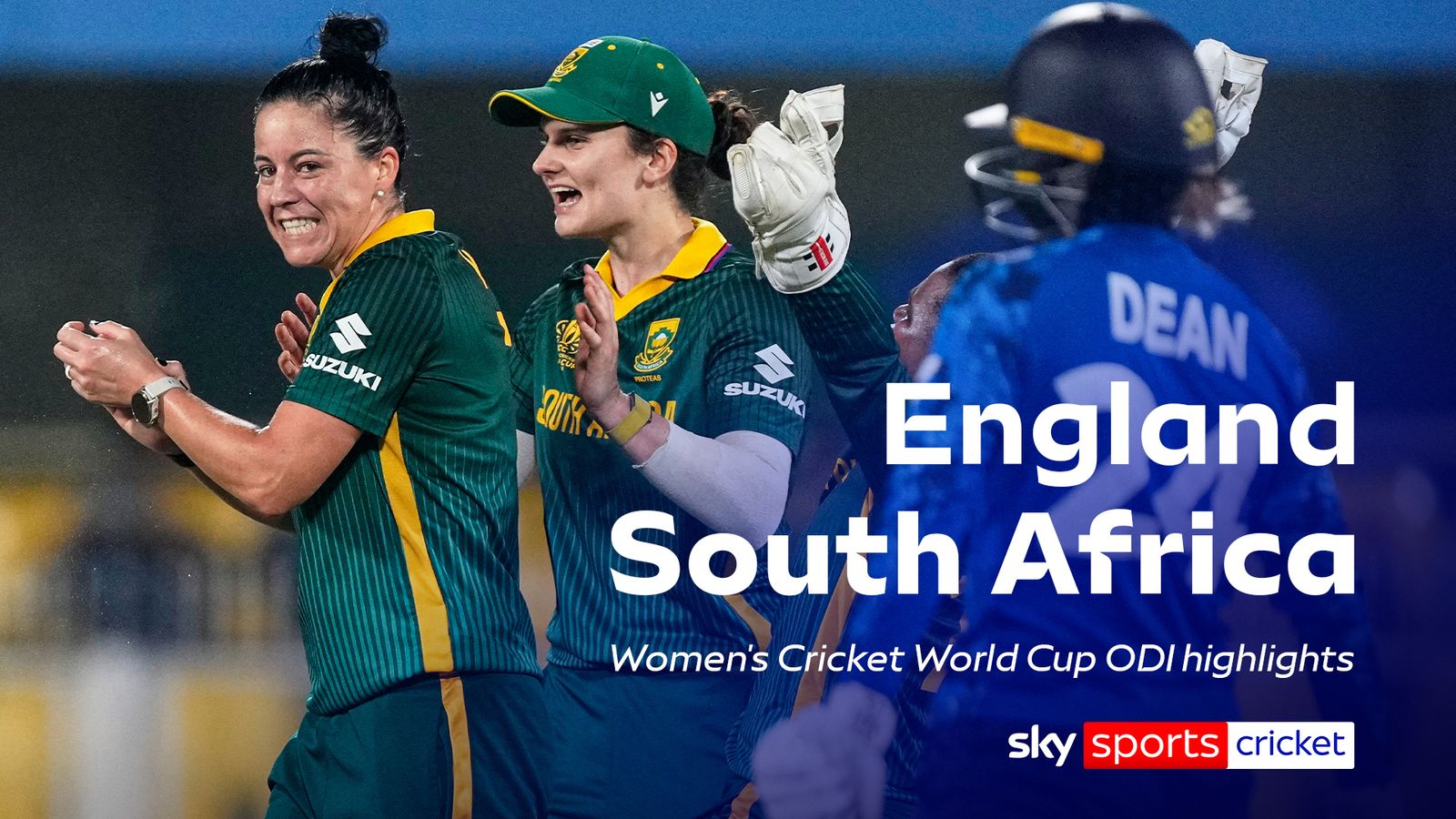
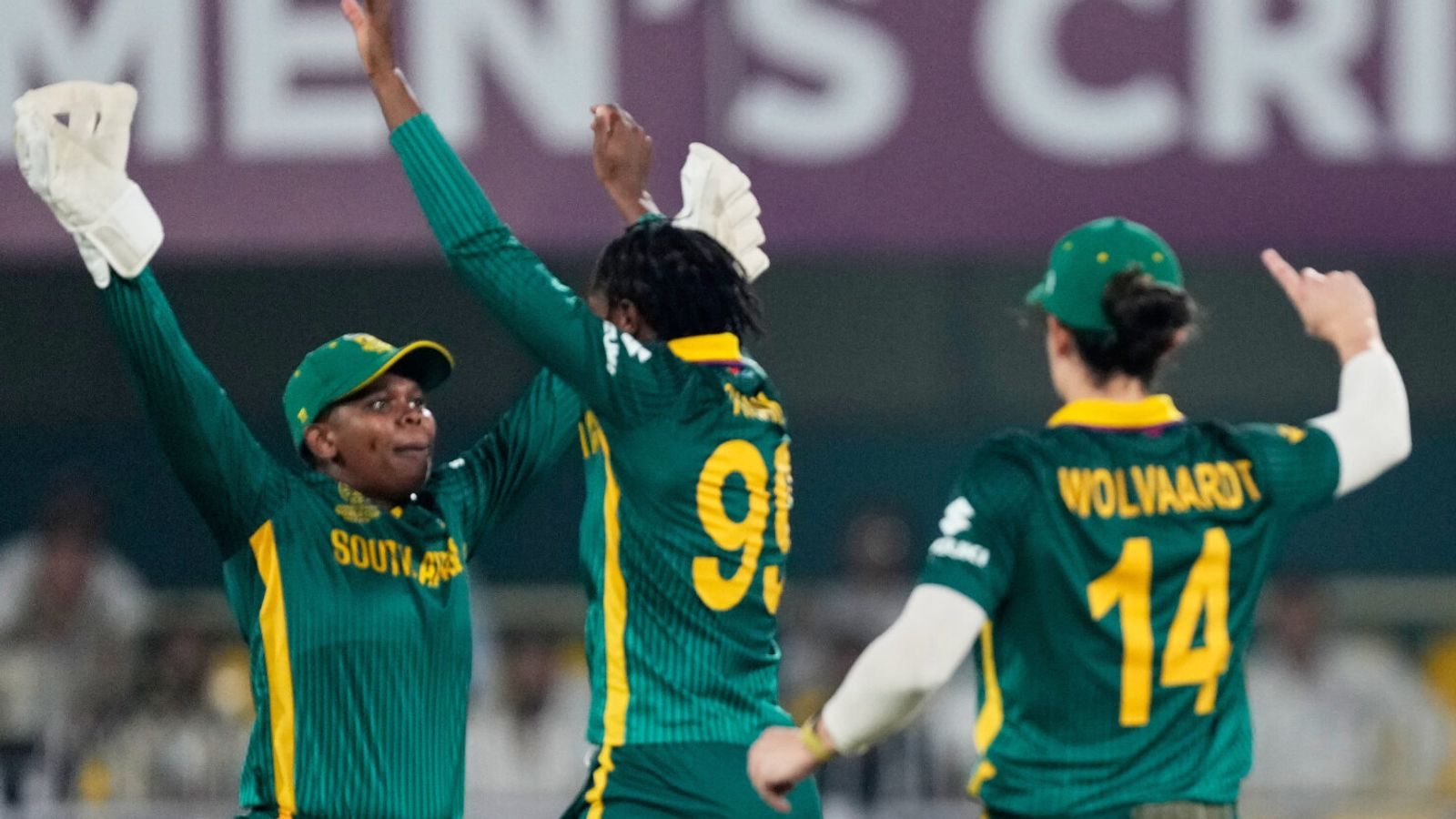
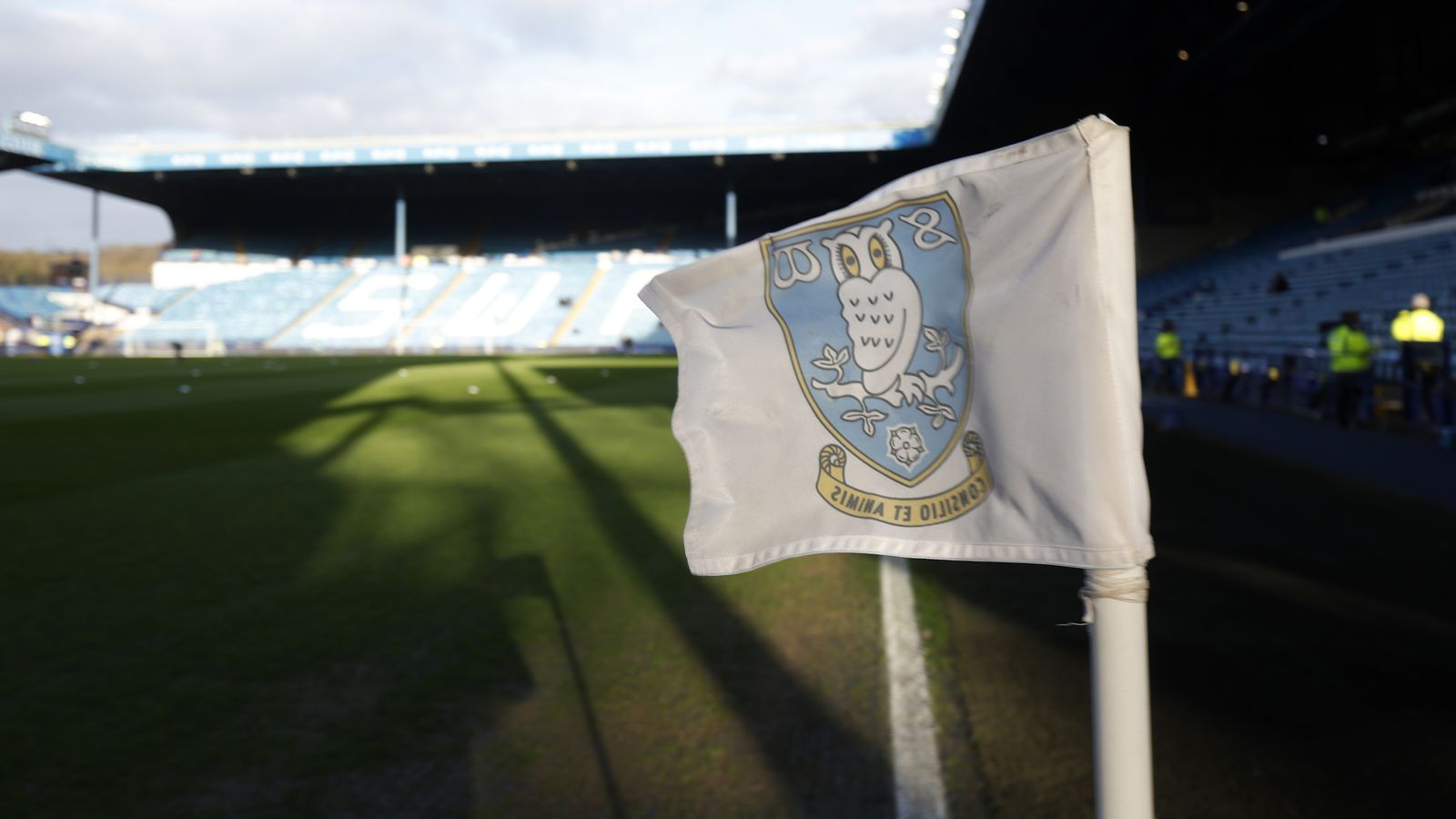


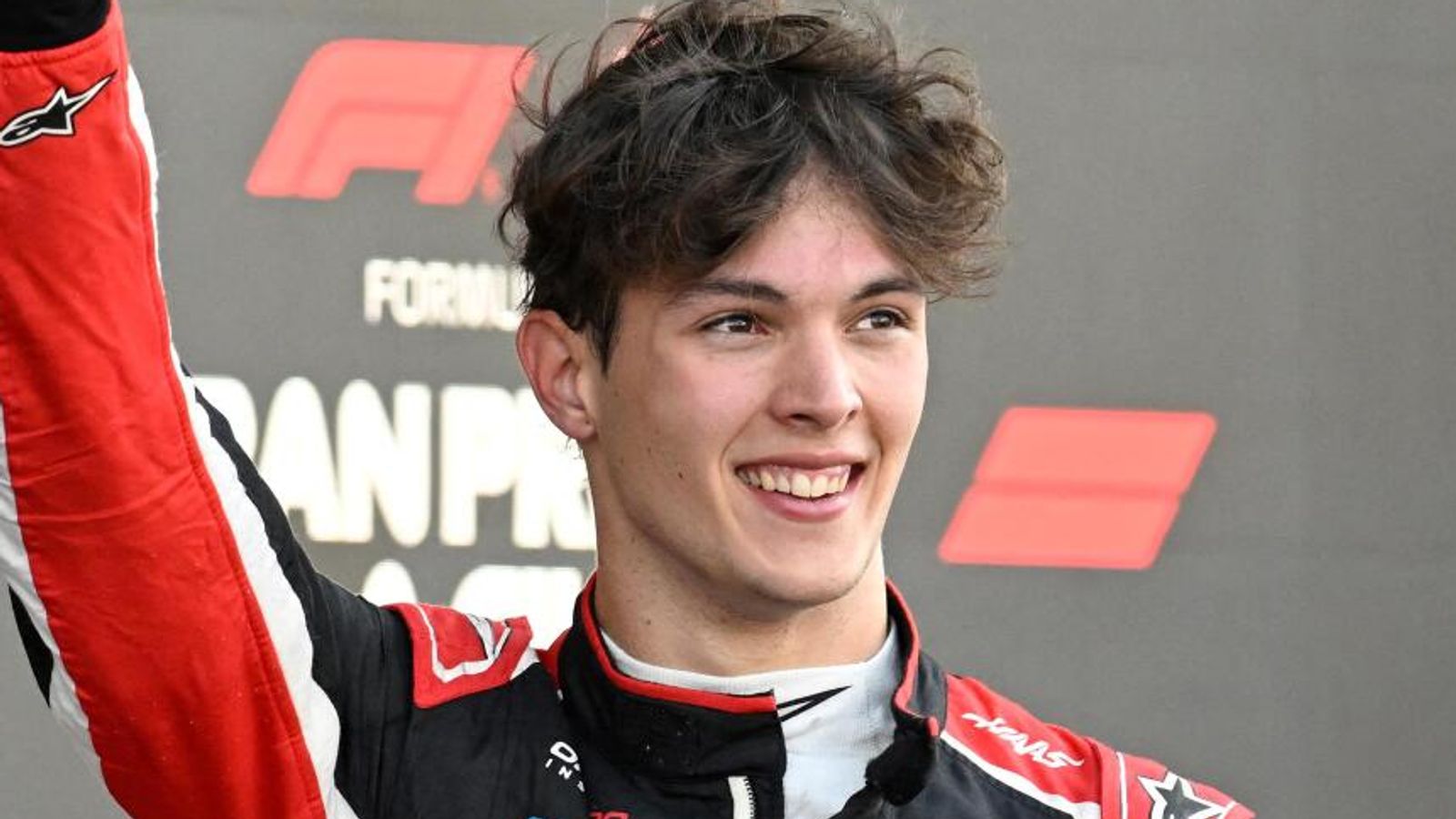
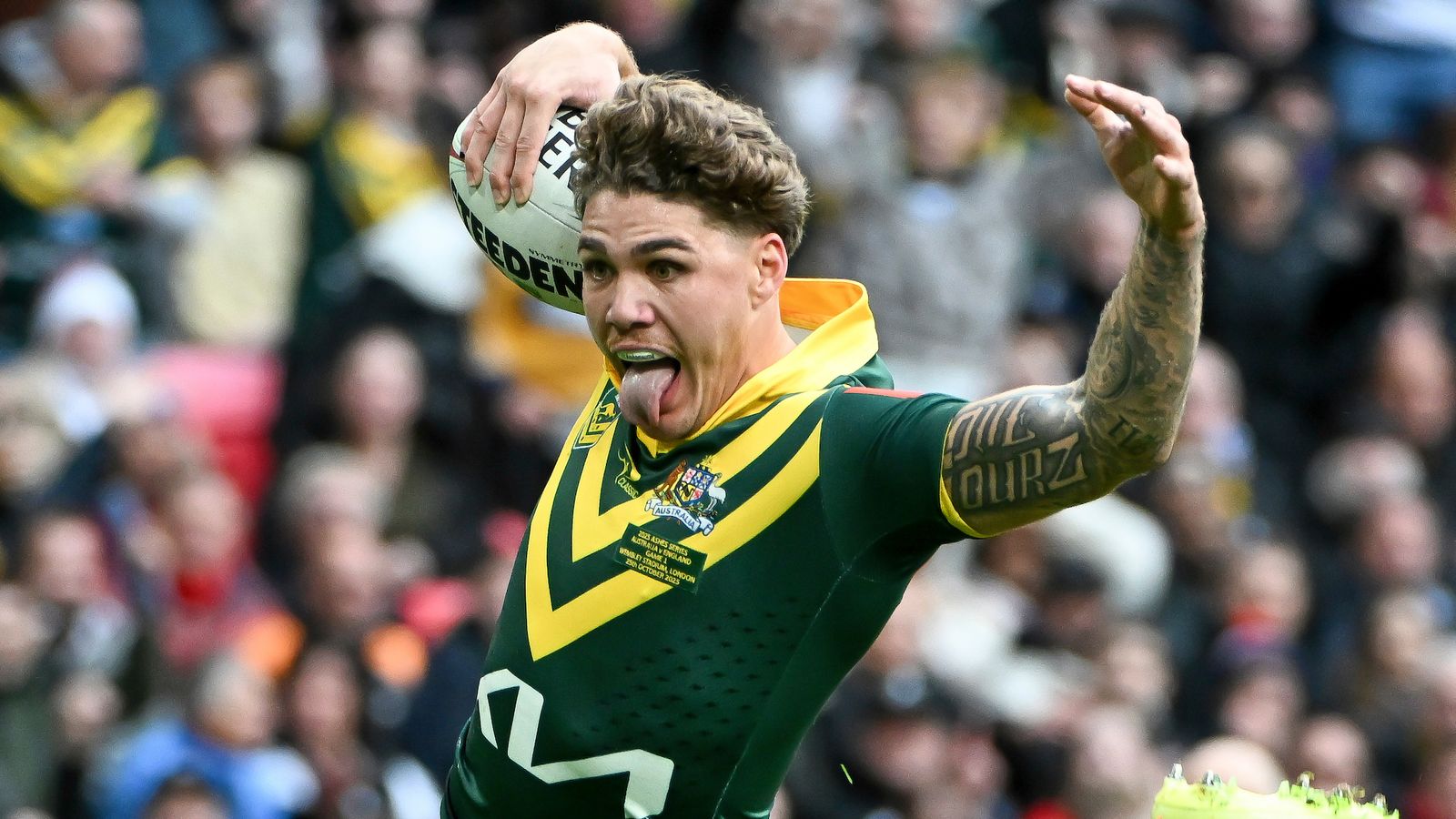

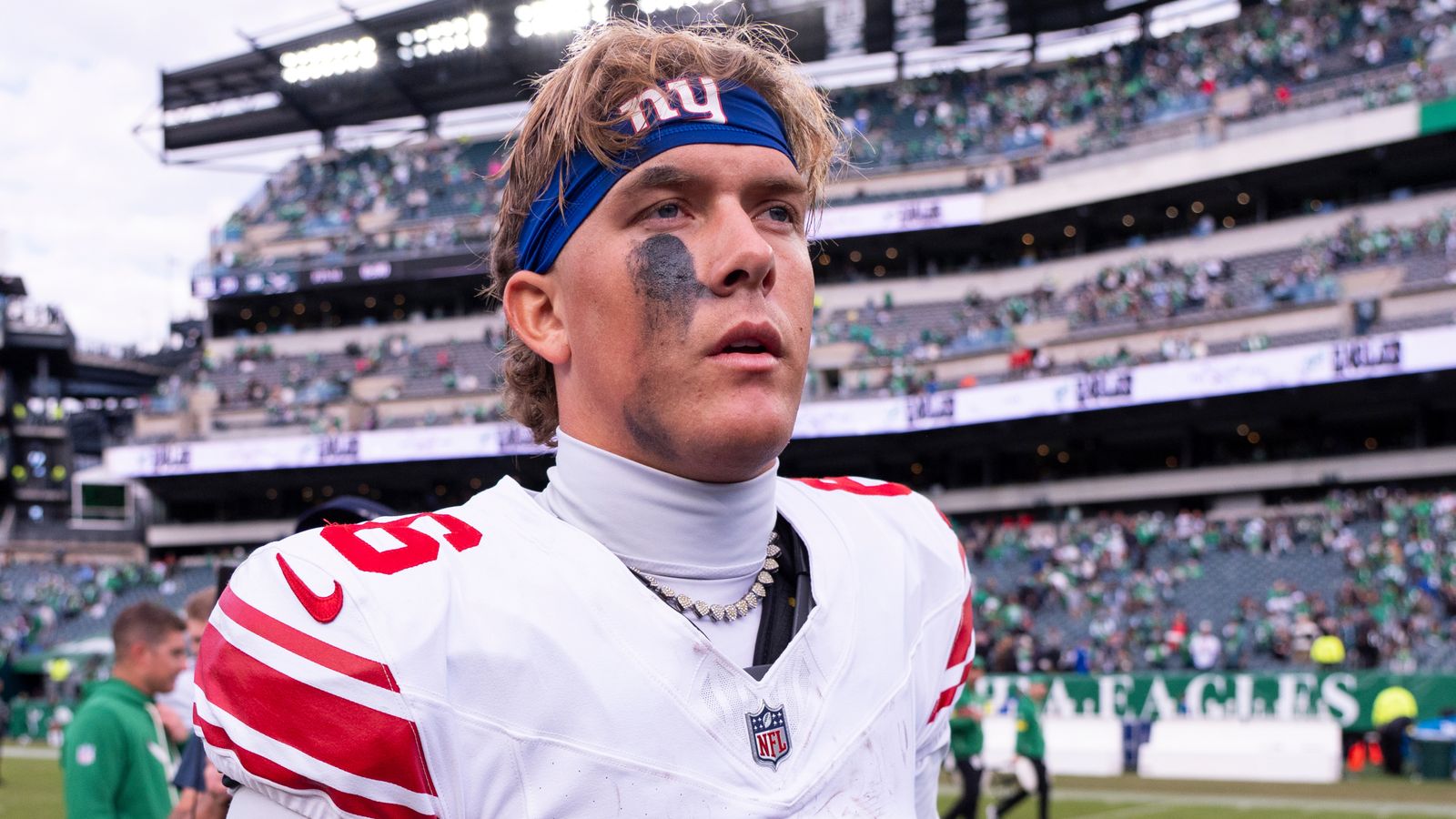
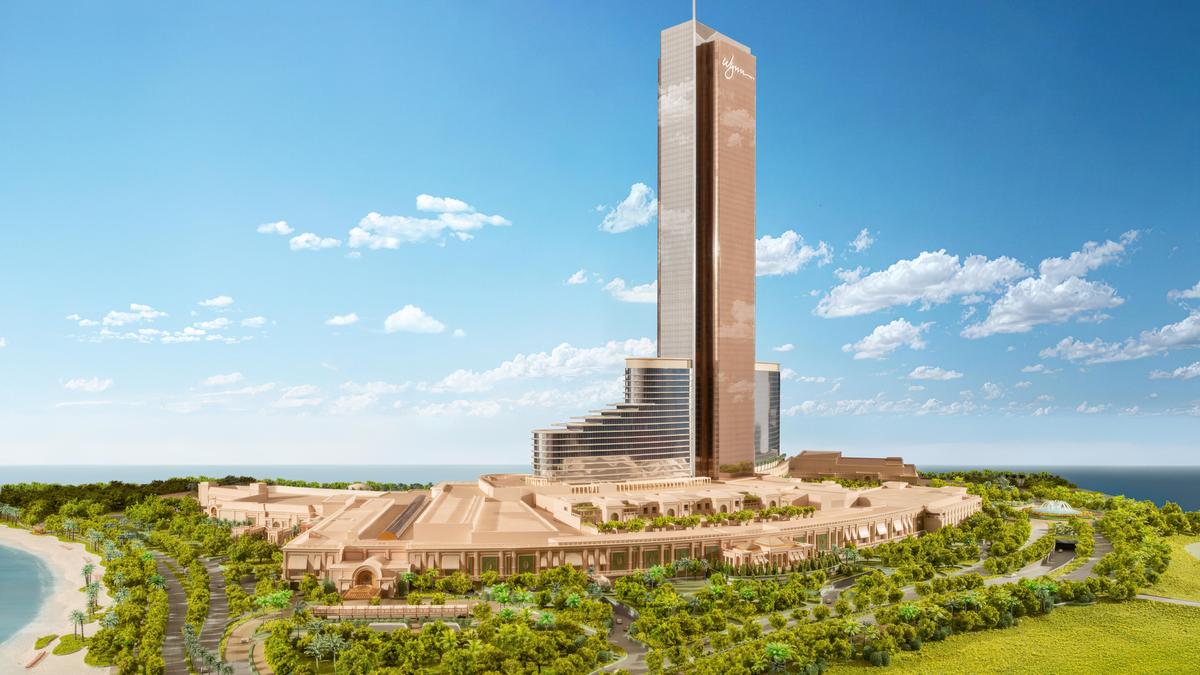



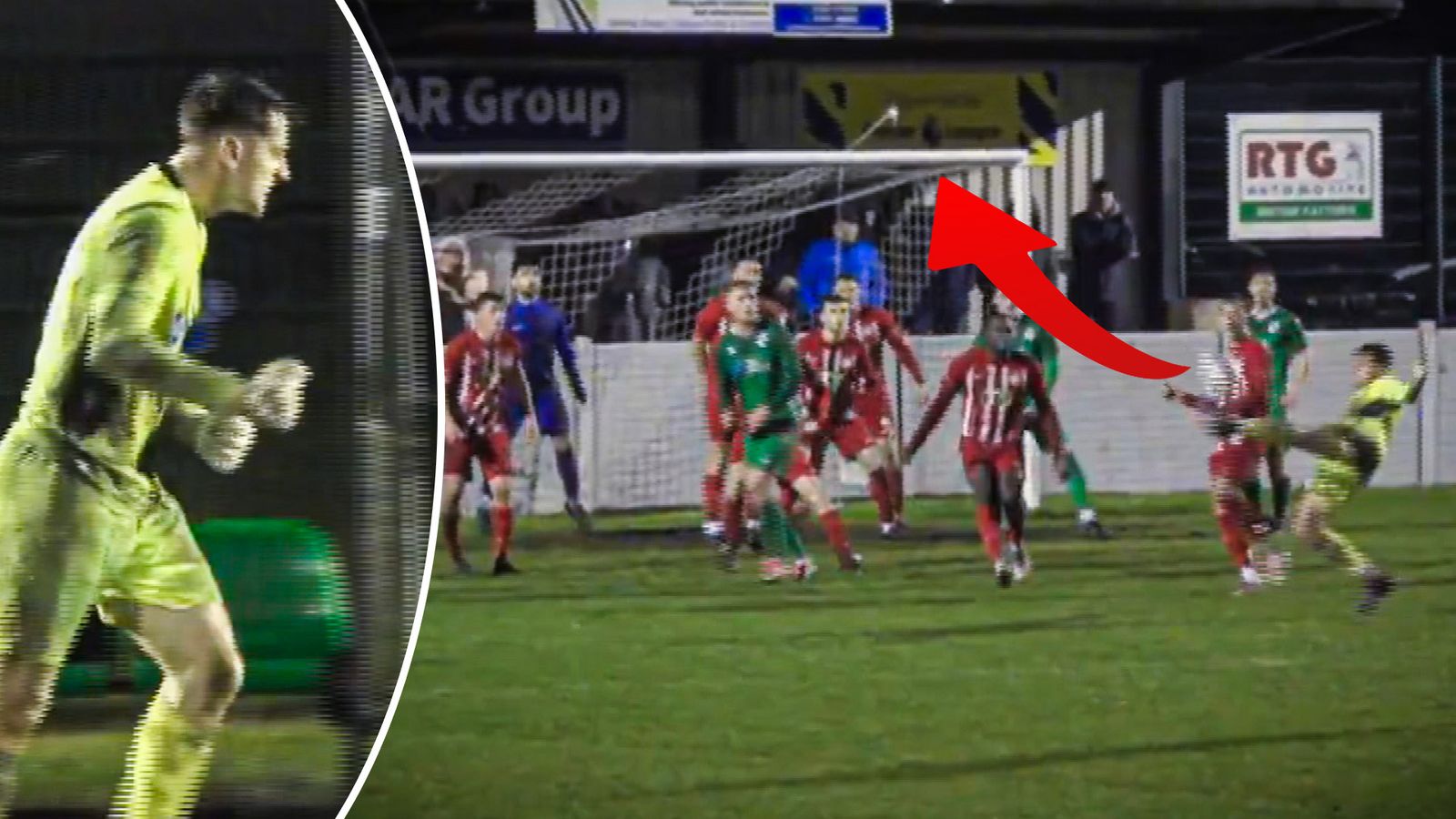
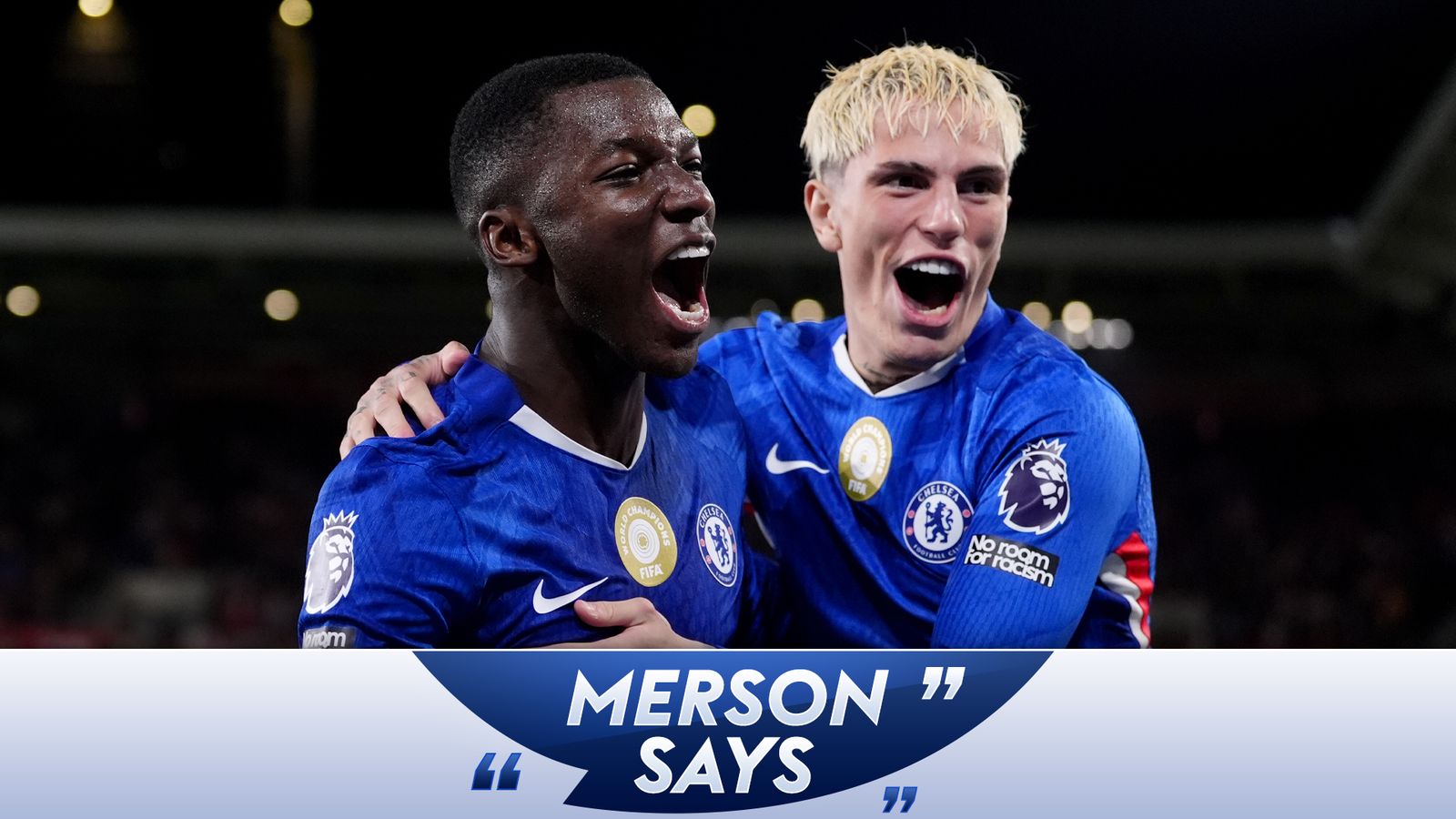
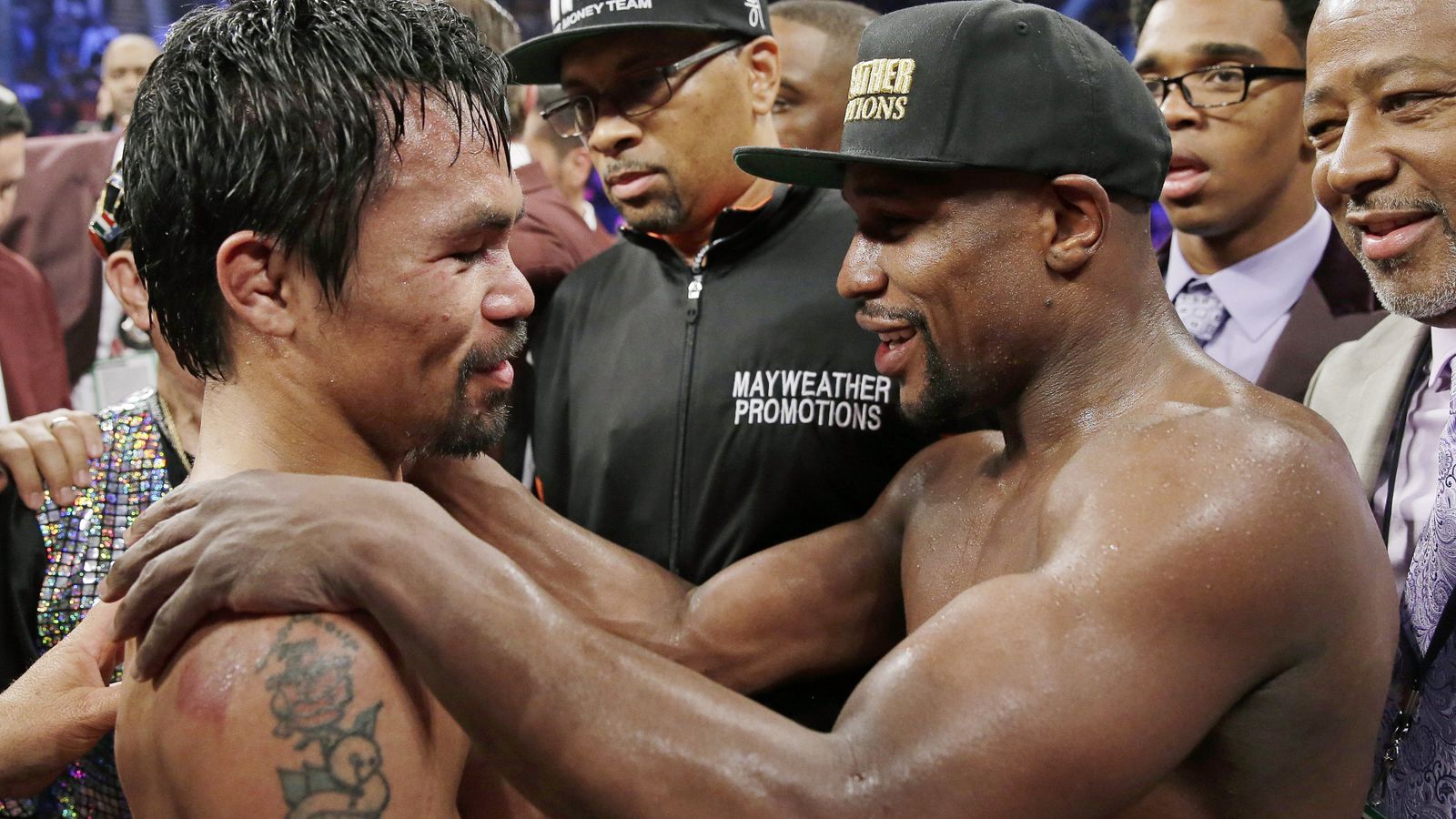

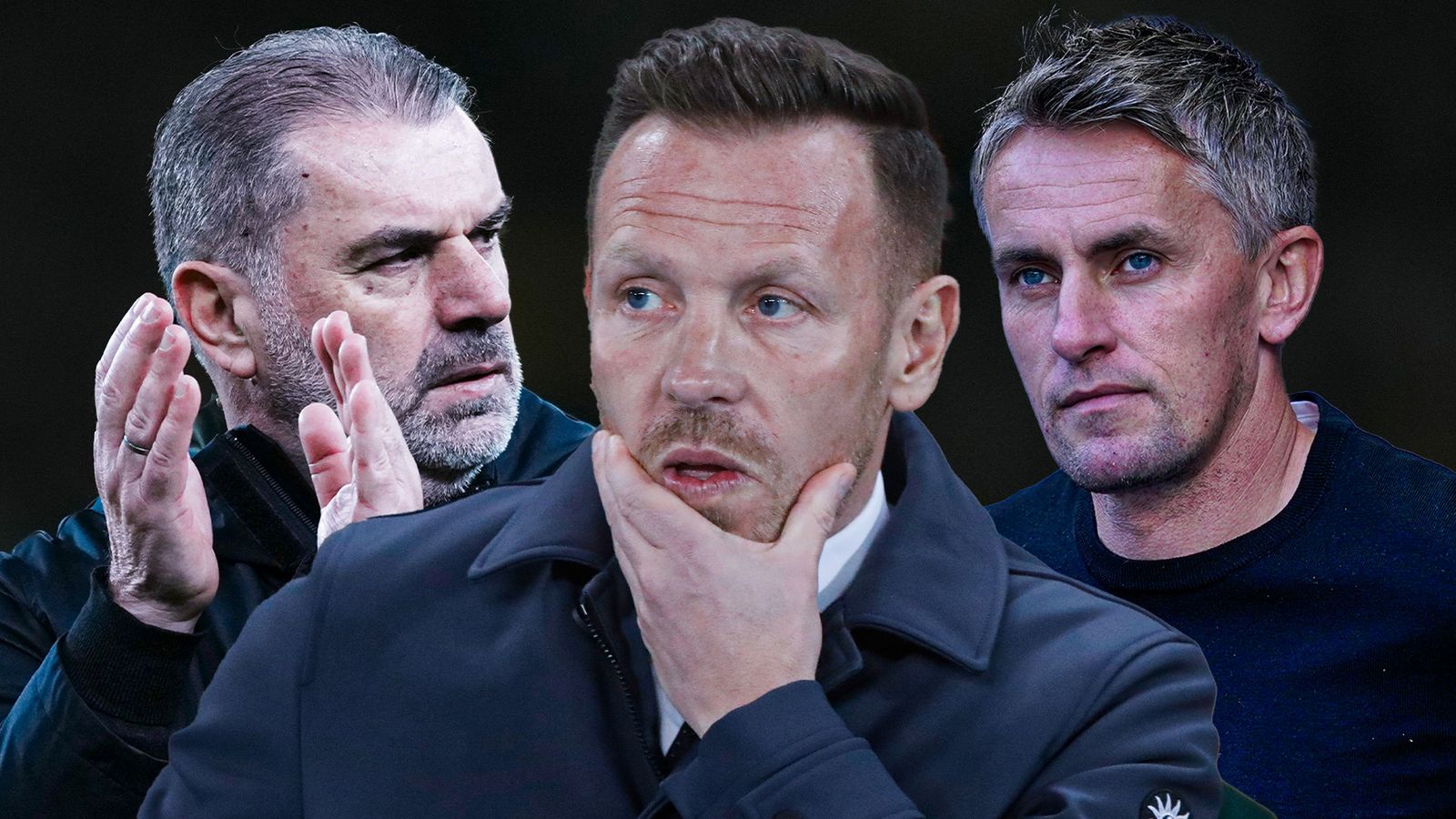
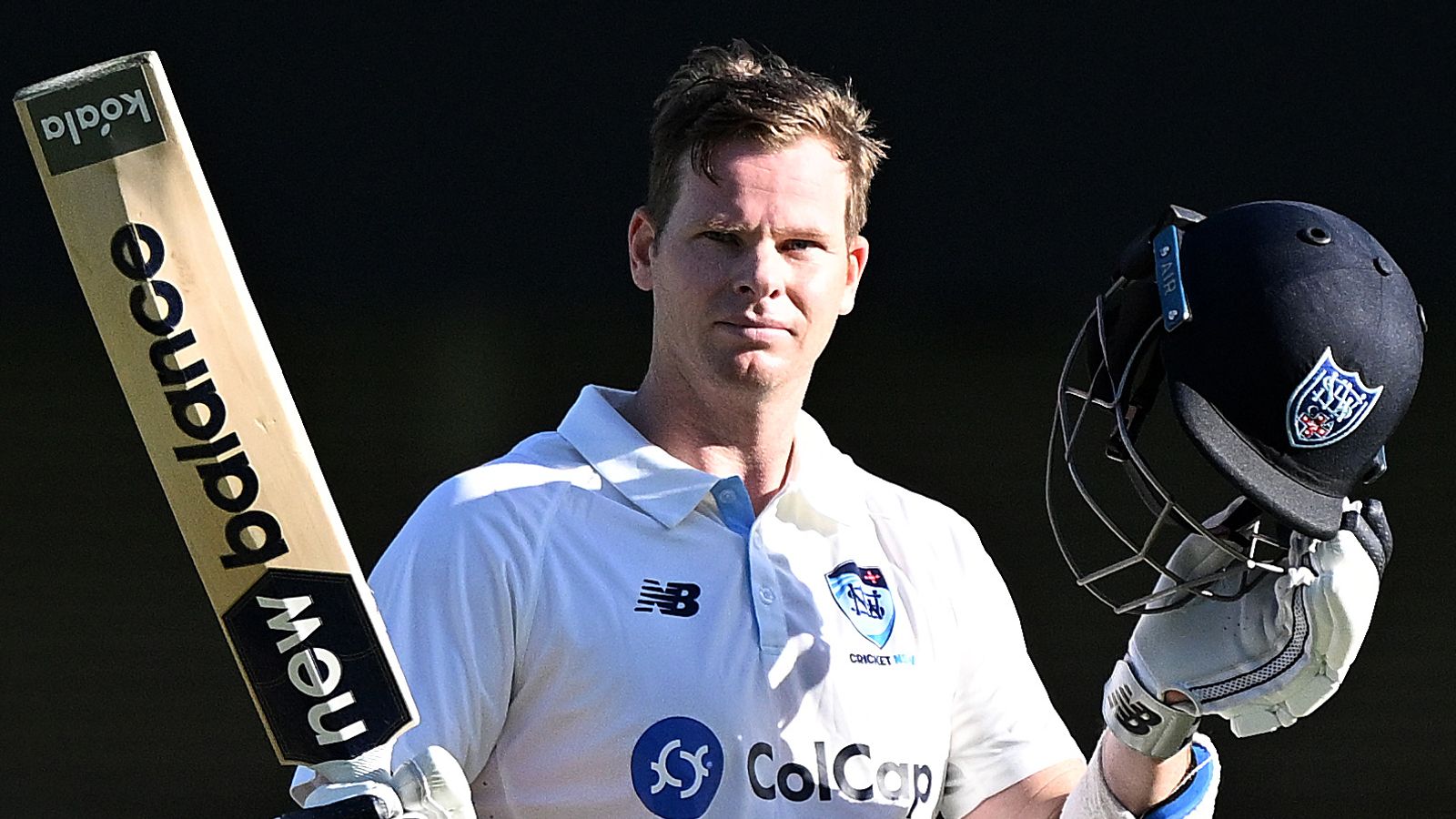
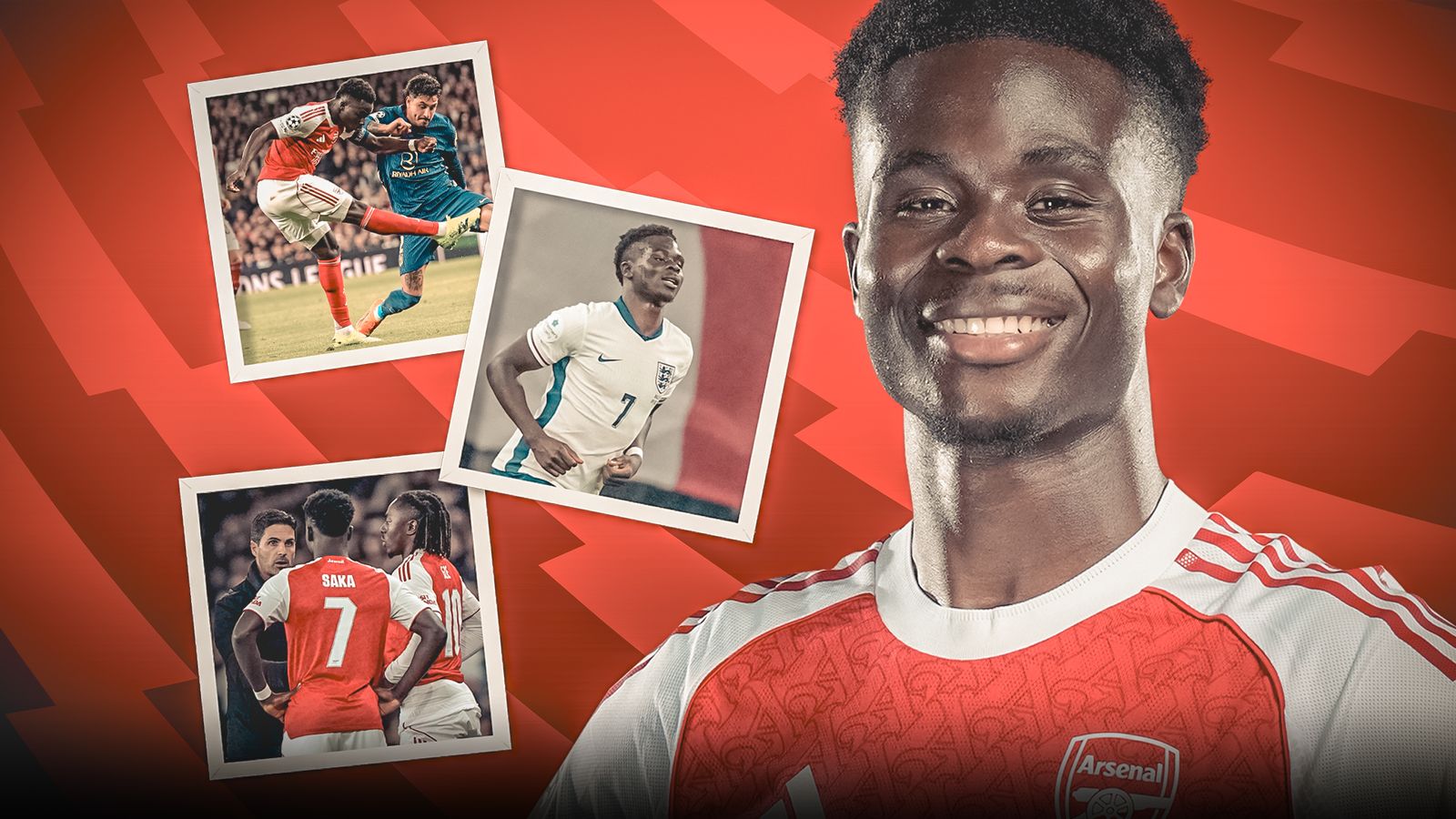

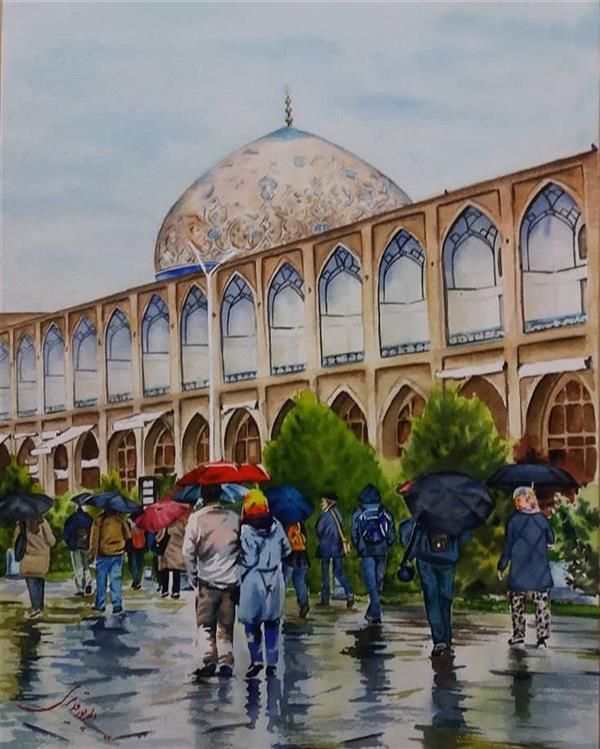
 English (US) ·
English (US) ·